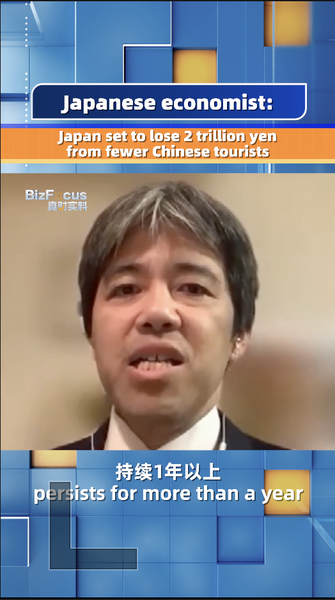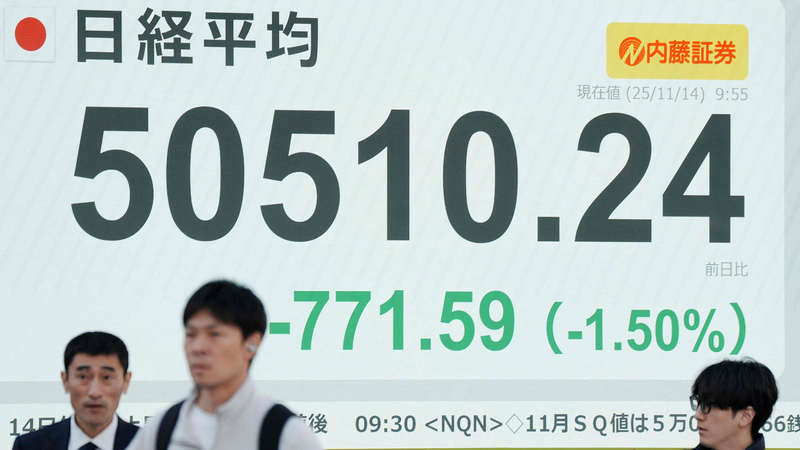On November 25, 2025, the Chinese mainland unveiled key priorities for its upcoming 15th Five-Year Plan (2026–2030), with a high-stakes goal: forging a truly unified national market. This move is set to remove lingering barriers between regions, boost efficiency, and harness China’s most powerful economic asset—its scale.
At the heart of the plan are two main ideas. First, the market’s role under the system of socialism with Chinese characteristics. Instead of seeing markets as purely Western, policymakers describe them as an institutional pillar that works hand in hand with work-based income distribution, ensuring fair rewards without conflicting with socialist goals.
Second, a unified market promises to align how resources flow across provinces and sectors. By standardizing rules, stripping out local hurdles, and relying on transparent pricing mechanisms, prices become signals that steer capital, labour, land and technology where they are most needed.
In practice, when markets span large, integrated spaces, the prices set through supply and demand tend to mirror the value measured by socially average labour time—a concept from socialist political economy. This synergy shows that market forces and socialist frameworks can complement each other, creating a resilient, modern economy.
For young entrepreneurs and digital nomads alike, a unified market in the Chinese mainland could unlock new opportunities: smoother cross-regional e-commerce, clearer investment rules, and faster access to talent and resources. As global citizens track the 15th Five-Year Plan in action, the coming years will reveal how theory becomes reality in one of the world’s largest economies.
Reference(s):
Toward a unified market during China's 15th Five-Year Plan period
cgtn.com




